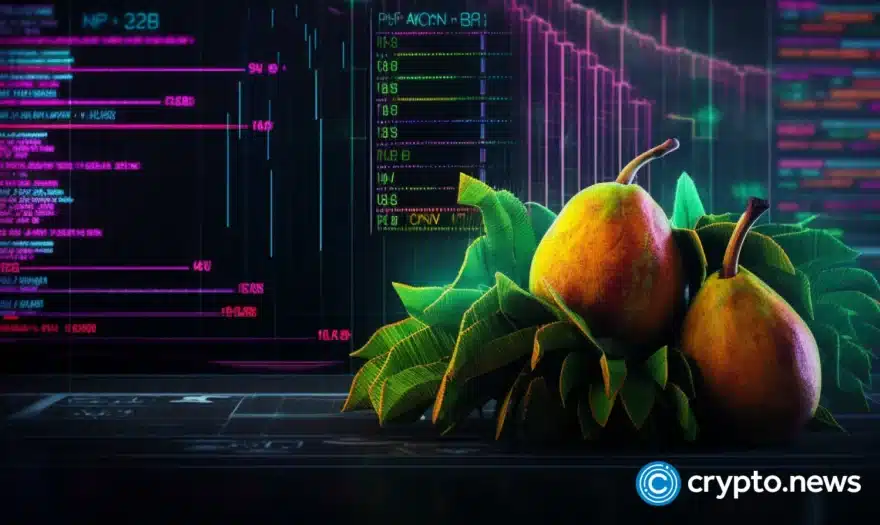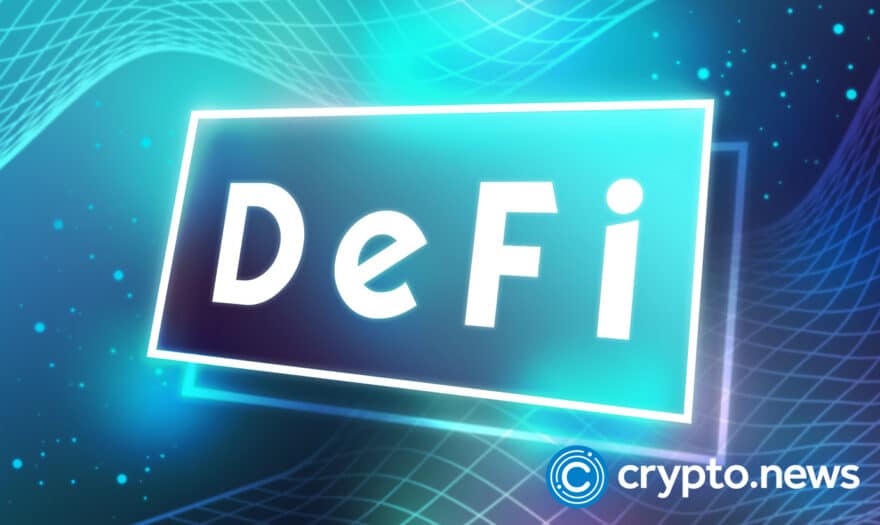
Uniswap News
$7.13
24h Volume
$165,731,410
Market Cap
$5,368,636,885
24h Low/High
$6.75 /
$7.25
24h
0.83%
7d
-21.3%
Latest Uniswap News

News
The average daily trading volume on the Uniswap decentralized exchange has approached $3 billion over the past week.

Features
The SEC is being criticized for acting beyond its authority — with one lawyer telling crypto.news that the regulator’s case against Uniswap is weak. Following the bombshell announcement that Uniswap has been slapped with a Wells notice by the U.S.…

Features
Explore crypto airdrops: Learn what they are, how they operate, and their advantages in the cryptocurrency world. What is a crypto airdrop? Crypto airdrops have long been a useful avenue for crypto projects to engage with their audience. Airdrops involve…

News
The Iran-Israel conflict contributed to a crypto collapse. And last week, regulators sent a Wells Notice to Uniswap. And SBF wants to appeal his sentencing. Here's our weekly recap.

News
Uniswap‘s token UNI has dropped 17% following a lawsuit notice from US regulators sinking to $9.27, its lowest since late February. The latest decline coincided with the exchange receiving an official investigation Wells notice from the SEC. The market cap…

News
Defi exchange Uniswap has received a warning of an impending enforcement action enacted by the U.S. SEC.

News
Trading volume on the decentralized exchange Uniswap has exceeded $2 trillion five and a half years after its launch.

News
A study by Austin Adams from Uniswap Labs revealed that transactions and liquidity provisions on layer-2 networks offer lower cost advantages over Ethereum's mainnet.

News
Uniswap’s governance token rose to its highest level in two years on Mar. 6 as the total altcoin market cap exceeded $310 billion for the first time since April 2022 despite a correction.

News
Uniswap has introduced three new tools for crypto users to power simpler and more convenient on-chain transactions.

News
A snapshot vote on a new Uniswap proposal is scheduled for Mar. 1, with on-chain voting set to commence on March 8.

News
The Uniswap Foundation has proposed an upgrade to enable the distribution of protocol fees to UNI token holders who have actively staked and delegated their voting rights.

News
The Uniswap Foundation has officially announced that its anticipated Uniswap v4 upgrade is scheduled for release in Q3 2024. Per the Feb. 15 X announcement, the upcoming update aims to improve the decentralized finance (defi) protocol’s functionality and efficiency by…

News
Uniswap founder Hayden Adams warns of scammers exploiting ENS domains to manipulate user interfaces of crypto wallets and target victims. Bad actors have come up with a new method to deceive individuals, convincing them that they are sending crypto to…

Markets
We’ve compiled a list of the fastest-growing crypto and blockchain companies to watch closely in 2024. This detailed exploration spotlights the achievements and growth metrics of the fastest-growing blockchain companies, providing insights into their developments throughout 2023. Their growth rates…

News
Despite facing regulatory challenges, Binance has retained its position in the industry, with only a marginal decrease in its market share, according to TokenInsight. Binance experienced a 5% decline in market share, dropping from 54.2% to 48.7%. This shift followed…


















